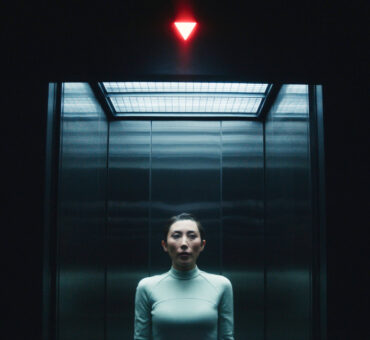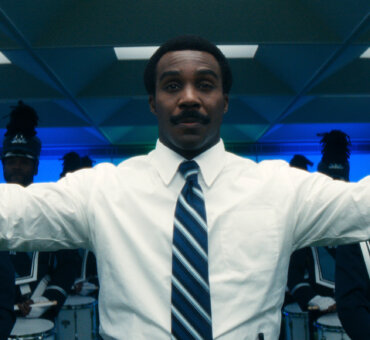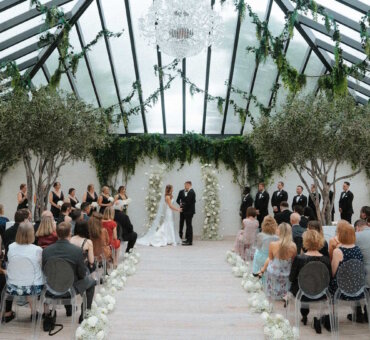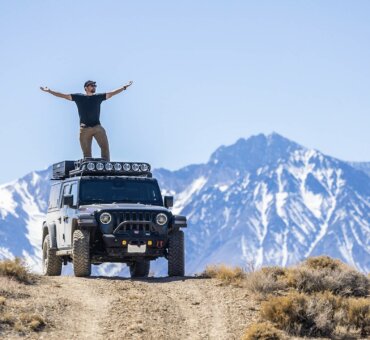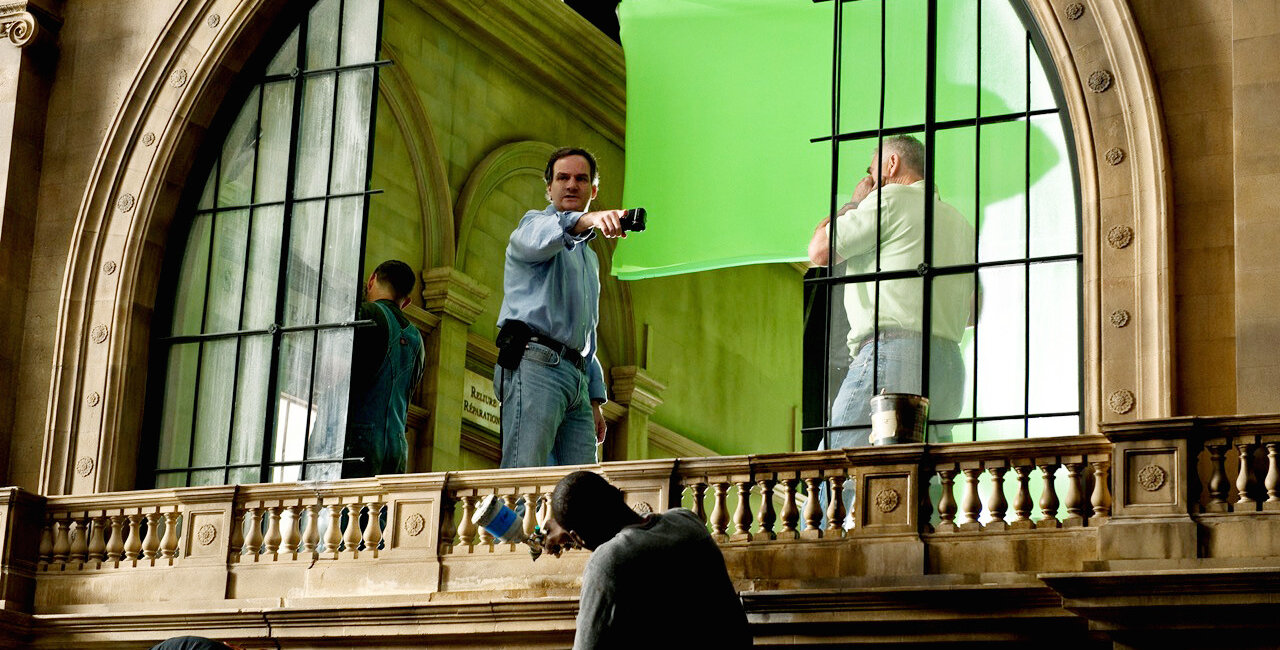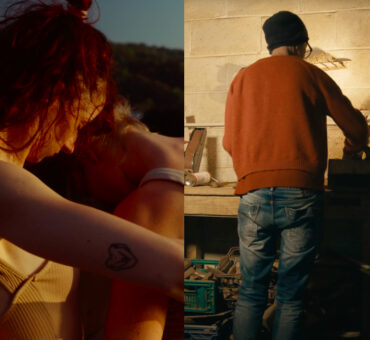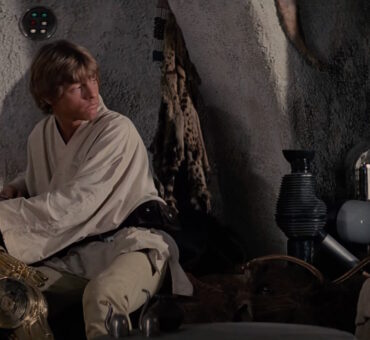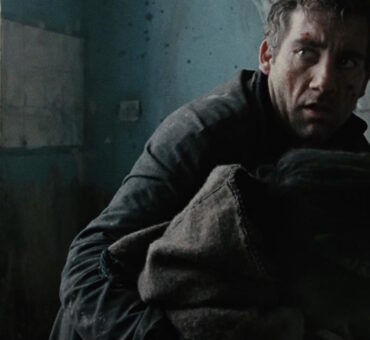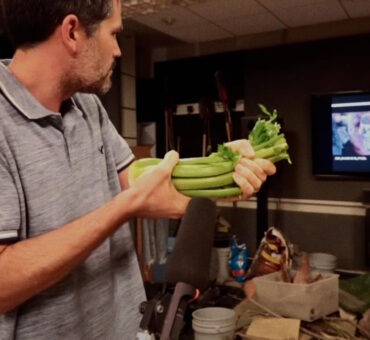We talk to a lot of talented filmmakers at Musicbed, but not all of them win Oscars. And we all know that you can be a world-class filmmaker and not take home the golden statue—Spike Lee, Alfred Hitchcock, Sidney Lumet, are a few great examples. In other words, not all great filmmakers have won Oscars. But, we can probably agree on something else: all Oscar-winners are great filmmakers.
Generally, it’s a bad idea to dabble in absolutes, but we feel like this is a safe bet. If your film has impressed the Academy artistically, commercially, or socially, you’ve proven that you have the ability to connect as a filmmaker.
Throughout the years, we’ve talked with Oscar winners and nominees on our blog, and they’ve been gracious enough to share some insight from their careers and experiences. But, before you dive in, we’ll offer our own bit of advice as you read their words:
This blog isn’t an endorsement of an Academy Awards as the end-all-be-all for a creative. Follow this advice because it’s good filmmaking, not because it wins awards. These filmmakers didn’t follow this advice to win Oscars; they won Oscars because they understood the value of these principles.
Here are 10 Oscar-nominated and Oscar-winning filmmakers.
1. Jarin Blaschke on Inspiration and Reinterpretation
Jarin Blaschke was nominated for Best Cinematography for The Lighthouse (2020).
It’s one thing to have style. It’s another thing to have substance. You get nominated for an Oscar when you bring the two together. For Jarin Blaschke, he used old-school inspiration to form a new visual concept when he shot The Lighthouse:
The movie that really impacted me was Fritz Lang’s M. We were exploring this idea of the 1.19:1 aspect ratio, so I watched it for that reason. It’s very modern; it really uses the camera and sound given the time period—what’s in the frame, what’s not in the frame. For me, exclusion and reduction are more important to think about than inclusion. Subtle signifiers. M is pretty sophisticated, but it still feels like the 1930s. It started transforming how I saw the film.
It’s just a matter of how to figure out how to use the camera in a way that is active but not completely contemporary. A lot of camera moves were eliminated or changed because they felt expected in a contemporary movie. We wanted to use the camera in a very thoughtful, careful way.
Ultimately, [mimicking a vintage look] falls flat though—it’s a one-note trick. When I watch the film, it feels like its own thing. It does vaguely take you to the past, but hopefully, it’s not a mere recreation. It’s a mix of things. It feels like the 19th century and it also feels like the 1930s. Ultimately, it has to feel like it came out of us. Hopefully, it feels layered and we’re not just checking old-timey boxes. The benefit of having a few years to contemplate a project is that a film works its way into you. You finally sit down to write a shot list and it’s almost instinctive. Stuff either feels right or it doesn’t. Ultimately, it’s down to your instincts. If something ever felt a little too precious or gimmicky, or obvious or half-baked, those things got weeded out in the process of sitting with it for a while.
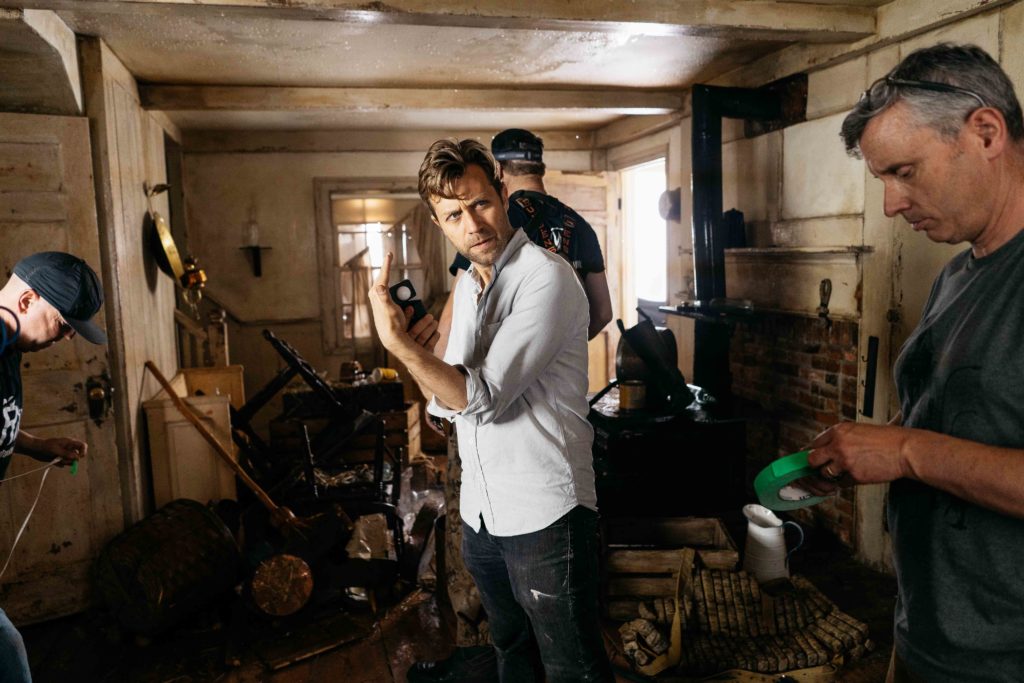
2. Job Roggeveen on Fleshing Out Ideas
The animation studio Job, Joris, and Marieke was nominated for Best Animated Short Film for A Single Life (2015).
Job Roggeveen and his team have built their career on engaging ideas, but it definitely doesn’t come without its fair share of difficulty. In our interview, he explains how he and his team takes a film from a concept to a fully formed idea:
The trick is the idea needs to work on multiple levels. It needs to touch your heart but also make you curious. We’ve come up with a lot of ideas that sound good but don’t have enough depth to put even a few scenes together. For example, our latest film. We wanted to make it about a character without a head. We thought: What would it be like if a new kid walked into class and he didn’t have a head? How would the other kids respond? It was a funny idea, but it wasn’t a story. So it slowly evolved into something with a lot more depth. The kid loses his head because he puts it into a washing machine, and eventually three kids have to exchange heads and go home pretending to be each other. We added an extra layer on top of the simple idea of losing your head. It became: What would it be like to lose your head and have to pretend to be someone else? Now it was a story.
3. Mikkel E. G. Nielsen on Pushing the Envelope
Mikkel E. G. Nielsen won Best Film Editing for Sound of Metal (2021).
When you’re working with a big vision, it’s important to recognize the value your skills can bring to the table. Mikkel knew what he could do to make Sound of Metal great. By asking questions and pushing for excellence, a film’s success can largely be accredited to creatives willing to kill their darlings, and push each other to make their best work yet:
I’ve previously worked with directors who were editors. Darius had this approach for interviewing editors where he would say, “I want to do some of the editing myself.” I had read the script, seen some footage, and really liked it. But I work in a different way. I wanted to challenge him, so I said, “That sounds great. Would you like to hear how it will be if you edit it with me?” He was very surprised I said that. It turns out he had told himself that the first time anyone challenged him about how it was going to be, he would go with that person.
I asked him to give me all the material and let me put together a first assembly from scratch. It landed at 3 hours and 40 minutes. I included many scenes, even though they weren’t all the way he intended. But it was about making the best choice for the movie. He saw interesting ideas, and from then on it was him pushing me. We were both trying to raise the bar all the time, and peel these layers off.
4. David Darg on Films for a Greater Cause
David Darg was nominated for Best Short Documentary for Body Team 12 (2016).
Big things happen when a film serves a greater purpose beyond entertainment. David Darg and his team braved the dangers of ebola to show the courageous spirit of the people who were braving the dangers of ebola every single day. The people’s stories came first; the film was just a way to bring it to the masses:
For me, yes, the work is dangerous, but the rewards far outweigh the dangers. We feel like we’ve really accomplished something great for Liberia and these orphans. And the fact is, the world is changing. The climate is changing. This isn’t going to be the last major pandemic we see in our lifetime. The scientific community agrees that things are only going to continue like this, or maybe even get worse. We’re seeing Zika now. So for us, Body Team 12 is a story about these people who define human history by standing up in the face of these great, natural, frightening catastrophes. If it weren’t for people like that, we probably wouldn’t exist as a race, right? We hope the film is an inspiration. There will always be people like Garmai who are willing to sacrifice everything — not just for her family and her country, but for the rest of the world.
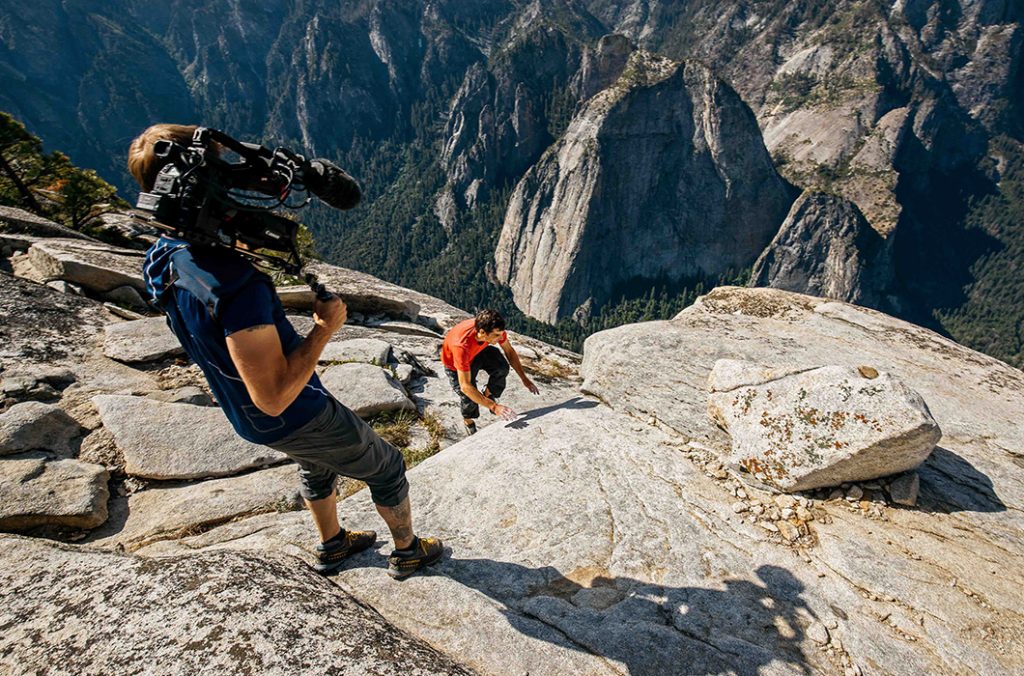
5. Chai Vasarhelyi on Balancing Spectacle and Story
Chai Vasarhelyi and Jimmy Chin won Best Documentary Feature for Free Solo (2019).
It would’ve been easy for the deeper human story of Free Solo to be lost amid the spectacle of Alex Honnold’s historic ascent of El Capitan. But, it’s a tribute to the filmmaking genius of Chai Vasarhelyi and Jimmy Chin that their documentary was just as affecting as it was awe-inspiring:
That’s the essential question, other than the obvious, “Is he going to die?”. That’s the job. It’s all about degrees in storytelling — when do you reveal something and how is that going to be built? Alex brought so much craft to the climb itself. He practiced. He made it perfect. And on the cinematography side, they brought such craftsmanship. They had the time to practice and make it perfect.
When you get to the storytelling side, we were constantly re-editing the footage and re-evaluating what’s important and what’s not important. We allowed the footage to speak to us and worked to find that perfect balance. There were definitely versions of the film that leaned more towards a relationship story between Alex and Sanni [McCandless]. That’s not the right story. But, you have to try. You have to go in there, look at the material, and trust yourself to respond in the right way, you know? That’s the fun part about making a film.
6. Harry Yoon on Drawing Connections
Harry Yoon edited Minari, a film nominated for Best Picture (2021) in addition to five other Academy Awards.
The goal of every filmmaker is to create work that provides a connection between audience and characters. It’s not always easy, but Harry Yoon shares how the details of your story can actually support the connections you’re trying to make with people from varied backgrounds:
A guiding principle that emerged to drive the story and audience interest in the film was the specificity of cultural experience. There was a lot of detail about life in that era and territory. Instead of alienating audiences who were culturally apart from the characters, these events and the way the characters relate feel so true that it causes the audience to relate their own specific memories. Specificity kept the audience engaged as they projected their own memories of emotional intimacy onto what they were watching.
The details are one part, but there is a depth to familial human relationships that anybody can identify with. I’ve heard time and again from people who are not culturally or ethnically Asian-American that they see themselves in the journey of this family. I have a Caucasian-American friend who says, “I understand this completely because I immigrated to California from New Jersey as a kid, so I know what it is like to be a fish out of water.”
7. Robert Legato on Trying Something New
Robert Legato won Best Visual Effects awards for The Jungle Book (2017), Hugo (2012), and Titanic (1998); he was nominated for Best Visual Effects for The Lion King (2020) and Apollo 13 (1996).
Robert Legato is full of filmmaking wisdom. He’s been captivating audiences for decades, but it’s not simply because he’s good at his job. Sure, he’s a film wizard, but you don’t achieve film wizard status by having the technical chops—you achieve it by showing audiences something entirely new, pulled seemingly out of thin air:
When you’ve never seen something before, you’re a bit confused by it. You’re not familiar with what you’re looking at. Also, you’re being taken in by a story you’ve never heard. When we look at the old King Kong movie, we’re looking at it with different eyes than someone who saw it in 1933. Our eyes have grown accustomed to much more sophisticated things. We’ll never really know what those special effects looked like the first time they were seen. We’ll never be able to look through those eyes. But that’s the whole point of movies: you go to see something you’ve never seen before. And that’s always my thought process when we’re making a film: How can we tell a story in a way it’s never been told before? Because the fact is, there aren’t that many stories. There are, like, seven stories. We keep retelling them over and over again. It’s the way we’re telling them that can be new.
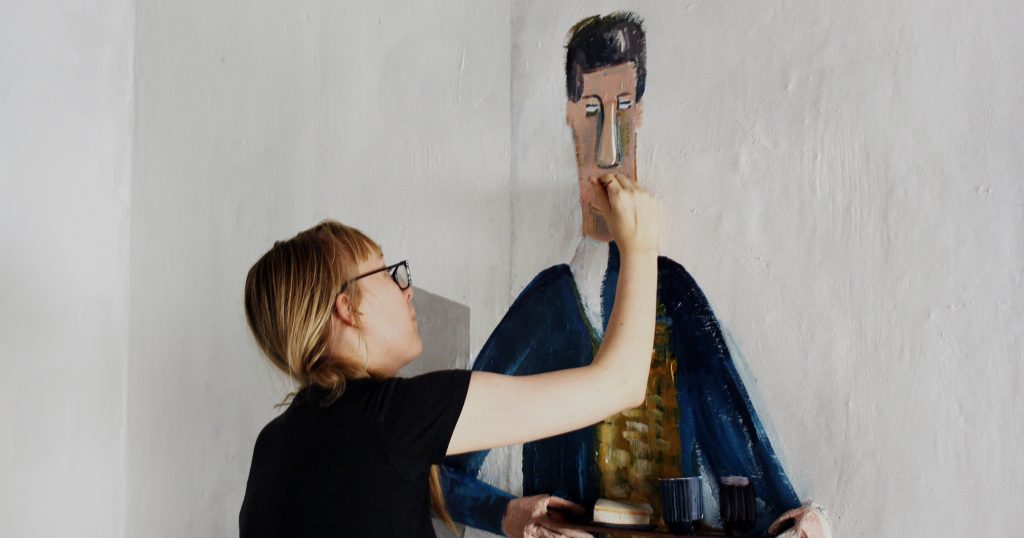
8. Daisy Jacobs on Difficulty
Daisy Jacobs was nominated for Best Animated Short Film for The Bigger Picture (2015).
For her short film The Bigger Picture, Daisy Jacobs opted to paint life-size portraits to animate each frame. It was an incredibly difficult, tedious task. And, if you’re wondering if it takes a special type of person to take on the terror of pulling off something like that, you’re absolutely right. But, that doesn’t make it any less terrifying:
Picasso said “A great painting comes together, just barely.” And that’s really true. I’m in intense terror throughout the entire process, especially on my latest film where we had to pay for everything. And that feeling never ends. You want people to like what you’ve done. And that’s terrifying. It’s not until I watch it about a year later and go, “How on earth did I make that?” If you’re really pushing yourself, the work will always be better than something you’re totally comfortable with. Always.
9. Michael McCusker on Respecting Your Audience
Michael McCusker won Best Film Editing for Ford V Ferrari (2020) along with Andrew Buckland and was nominated for Best Film Editing for Walk the Line (2006).
The best movies work when you don’t even realize they’re working. For editor Michael McCusker, he worked diligently with co-editor Andrew Buckland to put together Ford V Ferrari’s incredible racing scenes, but you’d never know it. As a viewer, you just know you’re glued to your seat:
A lot of times we talk about an audience being smart. And they are smart, but when a movie works they’re emotionally smart. Meaning, they fill in the ideas of a movie simply because they’re feeling it themselves. If we’re making them feel like one of the characters, they’re there, and you get to have this extraordinary race.
People have told me, “I felt like I was in the car. I was on the edge of my seat for 30 minutes.” It’s great. All that stuff is great, but it’s because you’ve made an investment into these characters. You’re rooting for them. Somebody, kind of jokingly, asked us recently, “What’s it like to shoot a car movie with actual characters in it?” Really, I think it’s a character movie with cars in it. That’s the theme of the movie.
10. Rayka Zehtabchi on Speaking Up
Rayka Zehtabchi won Best Short Documentary for Period. End of Sentence. (2019).
One of the hardest things to believe as a young filmmaker is that you belong in the room. Even an Oscar-winning filmmaker can admit that she had difficulty convincing her commercial clients to listen to her advice, but once she found that confidence, Rayka Zehtabchi realized she had a voice—and that voice mattered:
I’ve learned so much since I started commercials, even just a year ago. I was really afraid to speak up. I didn’t quite understand my place as the director or the filmmaker. I thought that you have to be a servant to the client, do everything they request. More and more, I’m realizing now that, A, those are not the type of clients I want to be working with, and B, I also have a responsibility to voice that opinion. To be really strong-headed. If I feel like something is the right choice, the right creative choice, and it’s about pushing the brand in the right direction, I need to be vocal about that. It’s why you were hired.
Hear from the producers, writers, and director of ‘Concrete Cowboy’ to learn the 5 things every filmmaker should know before making their first feature.
























